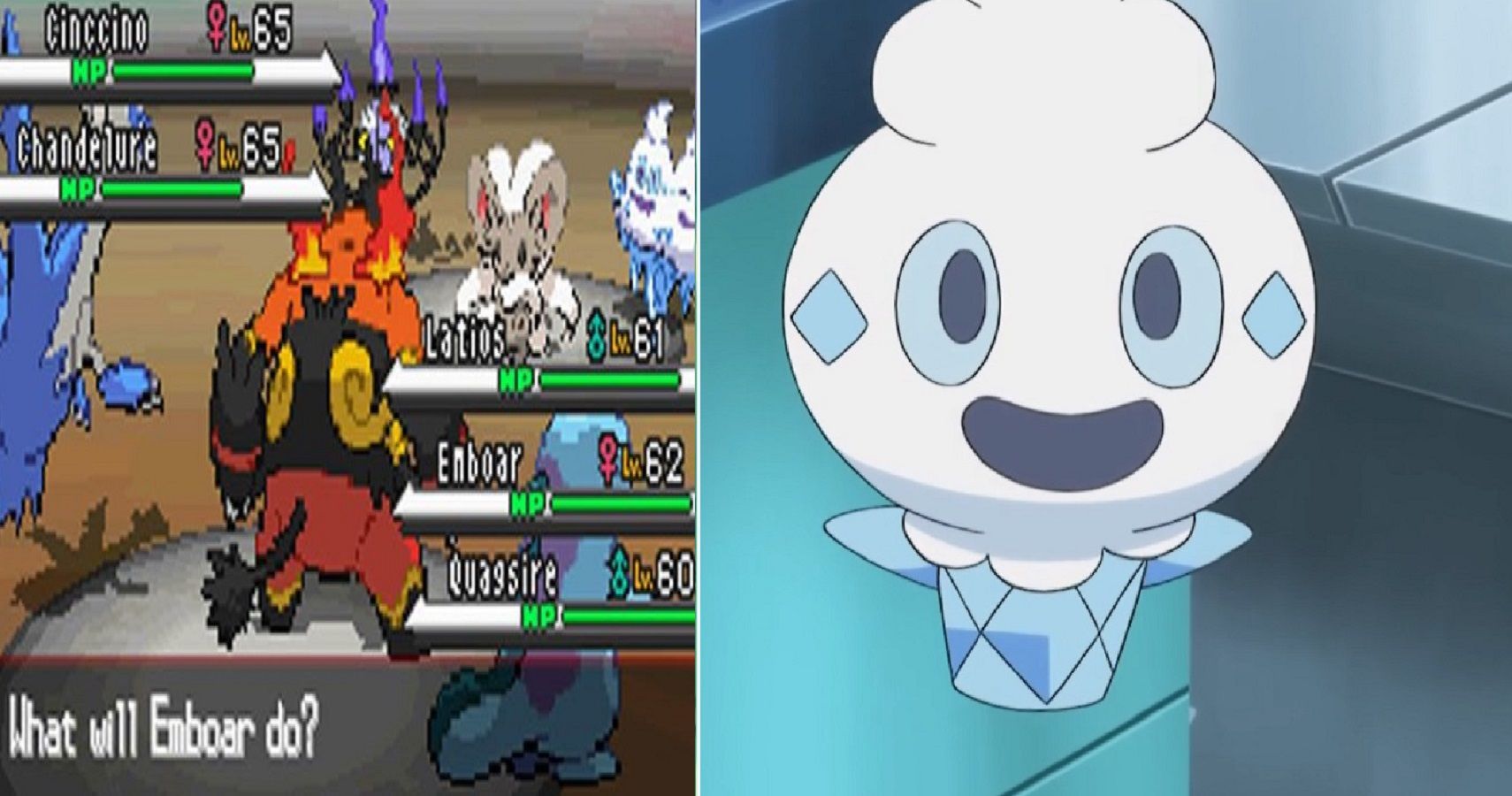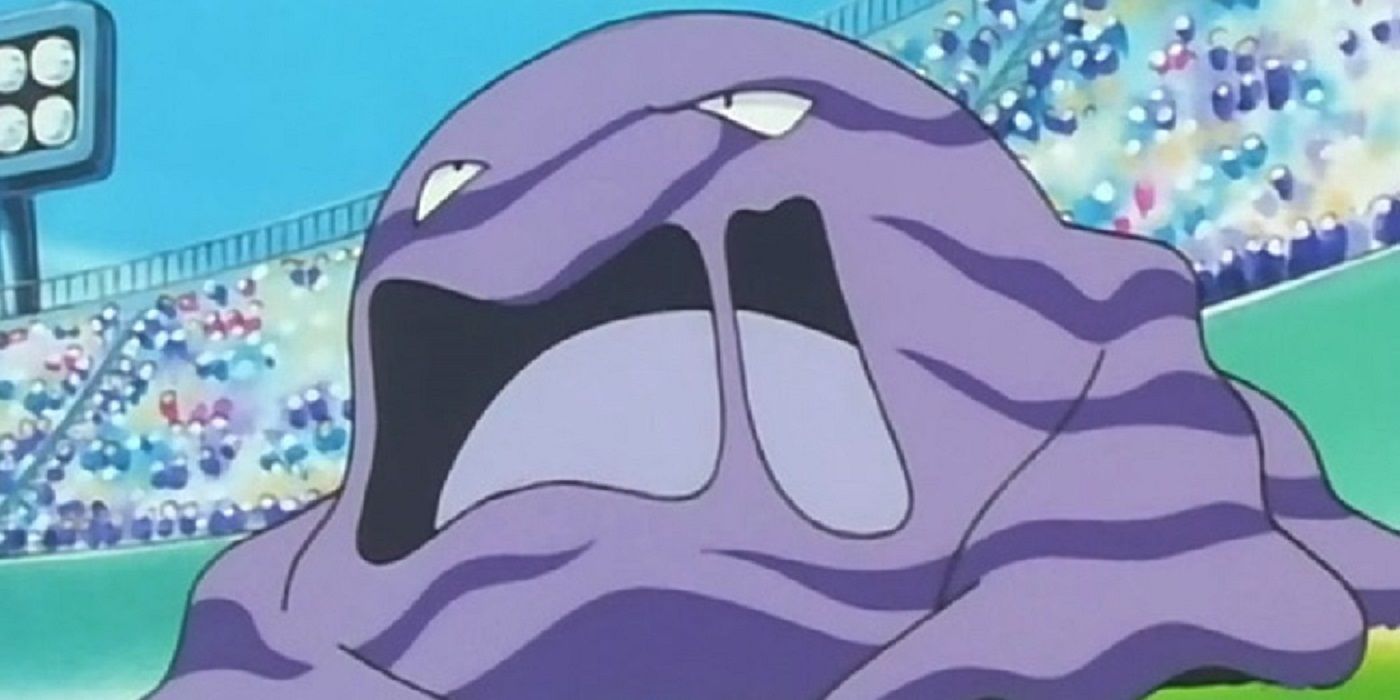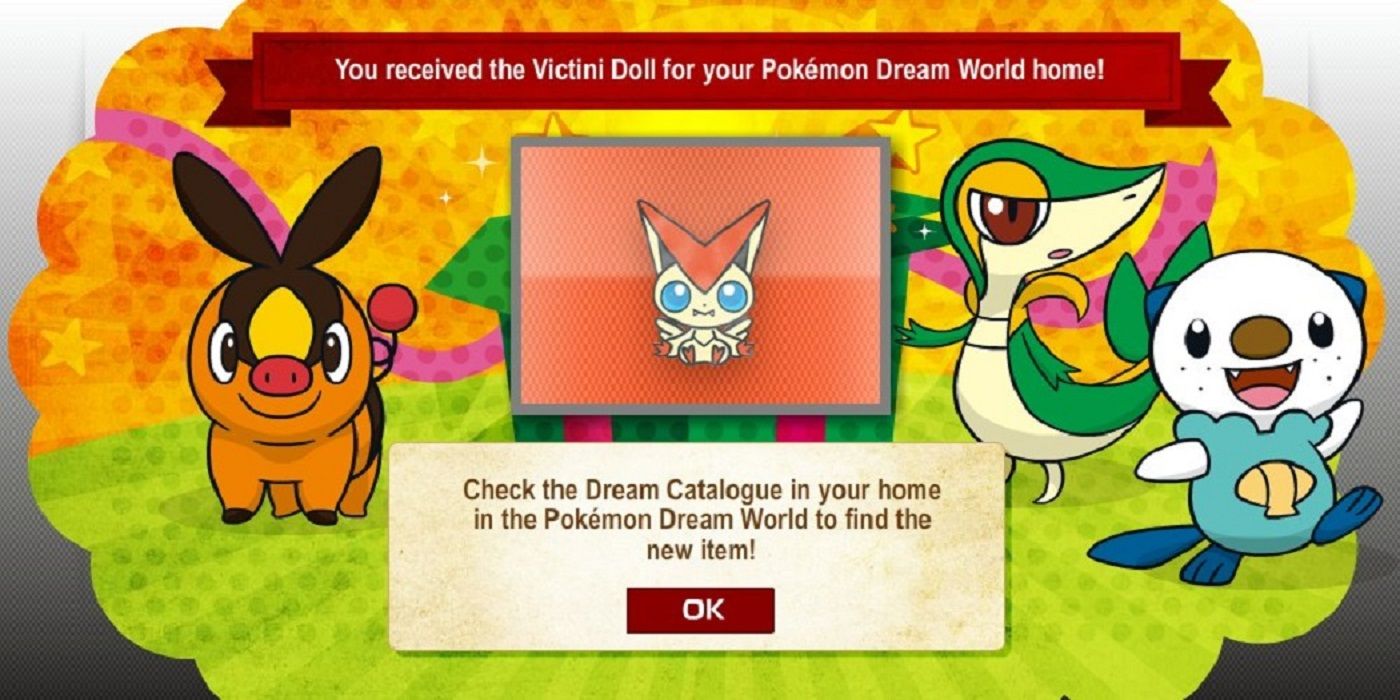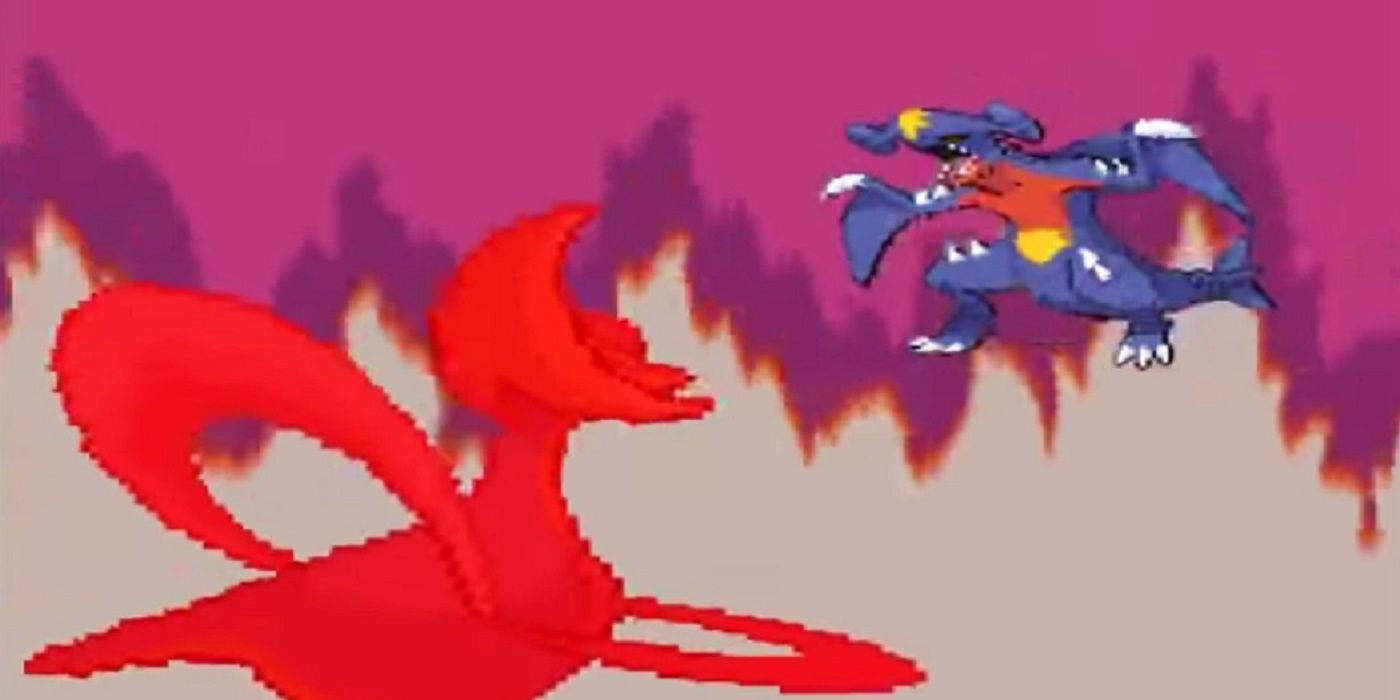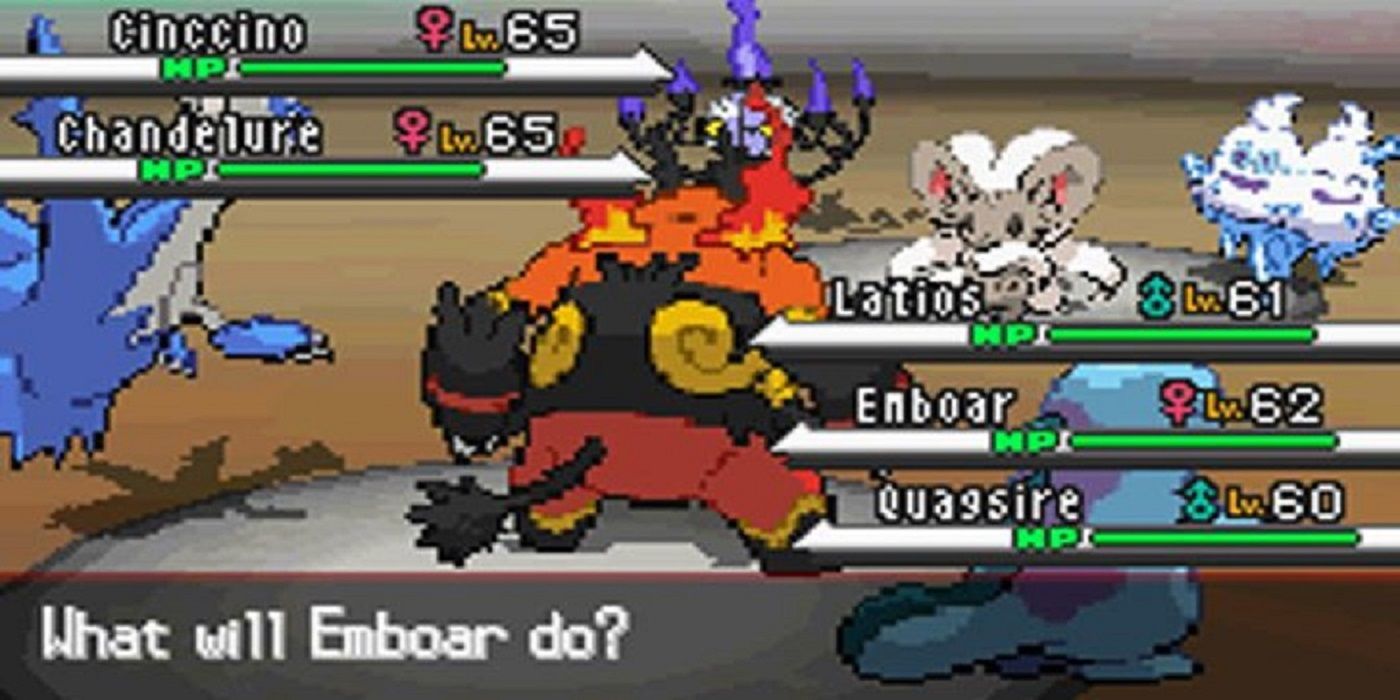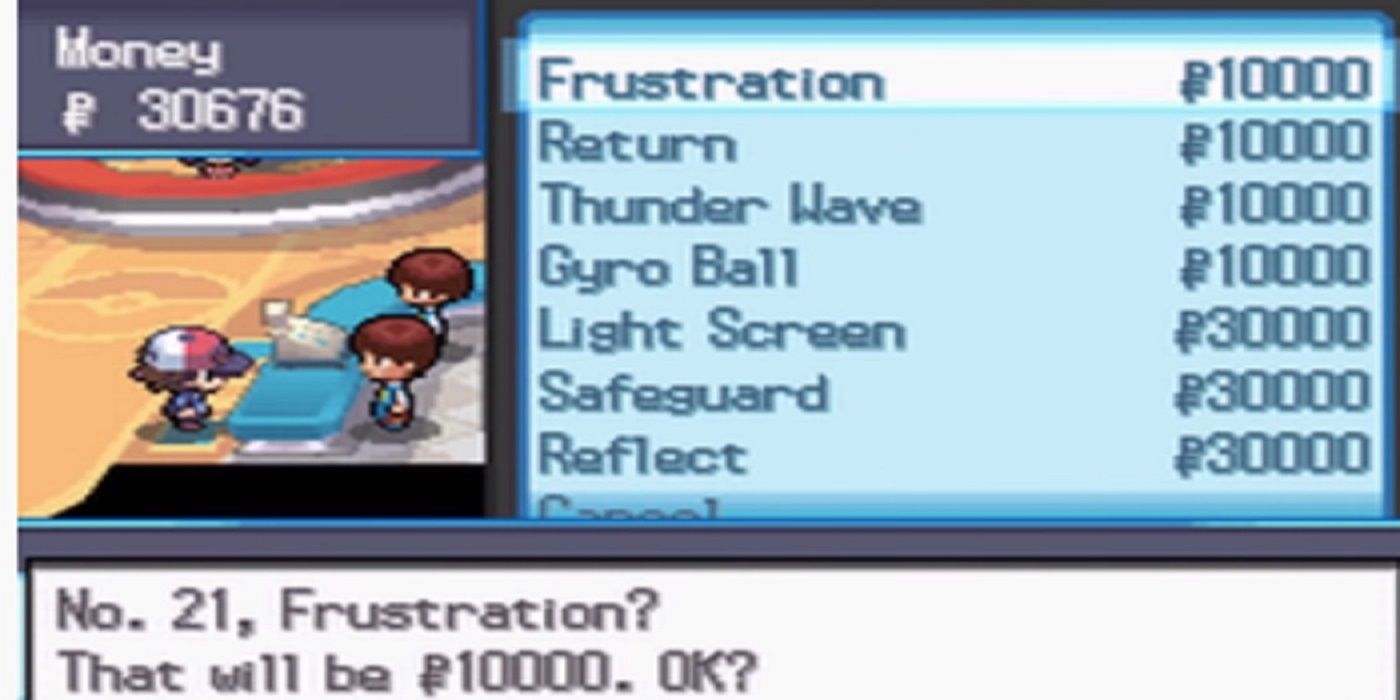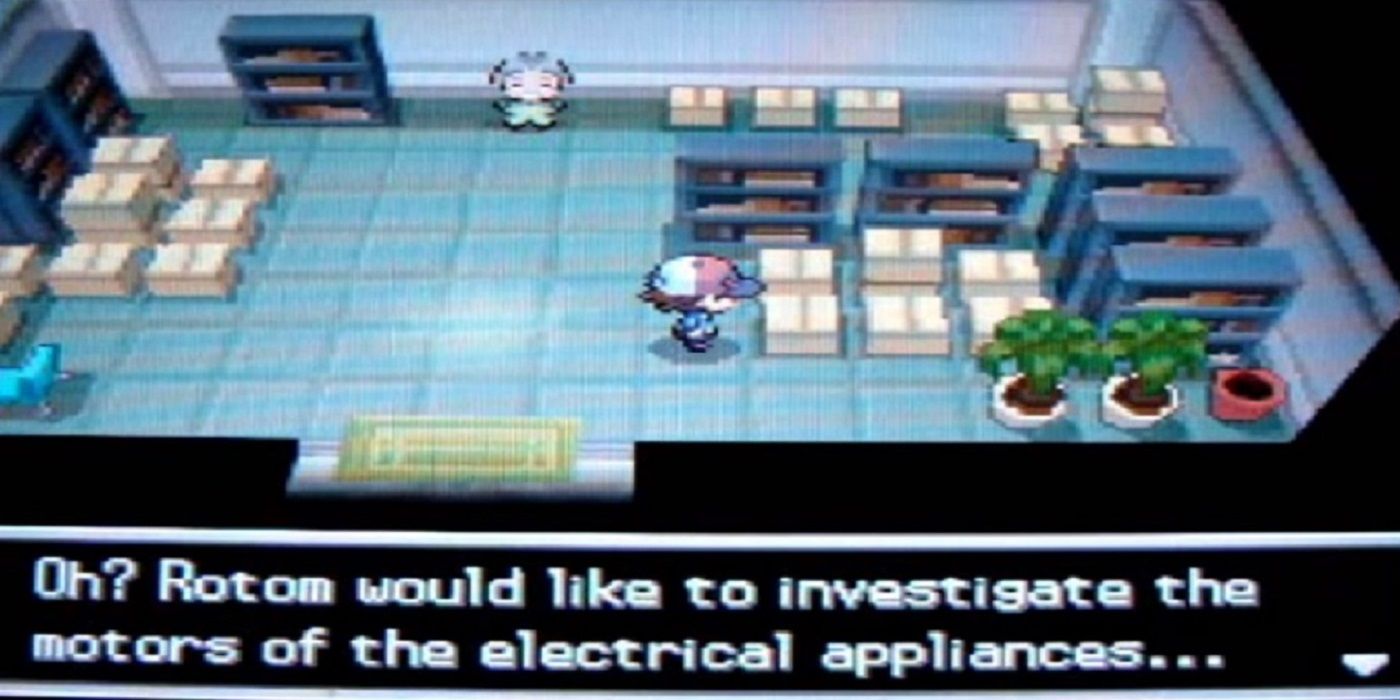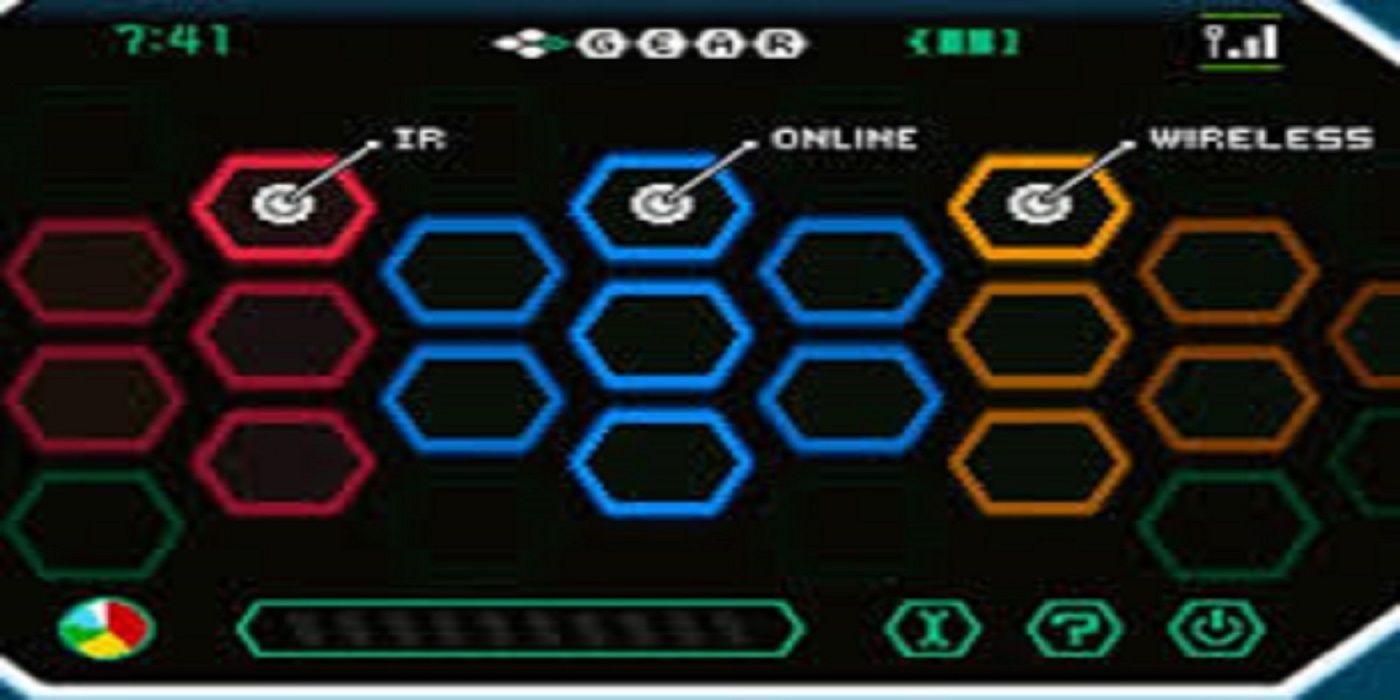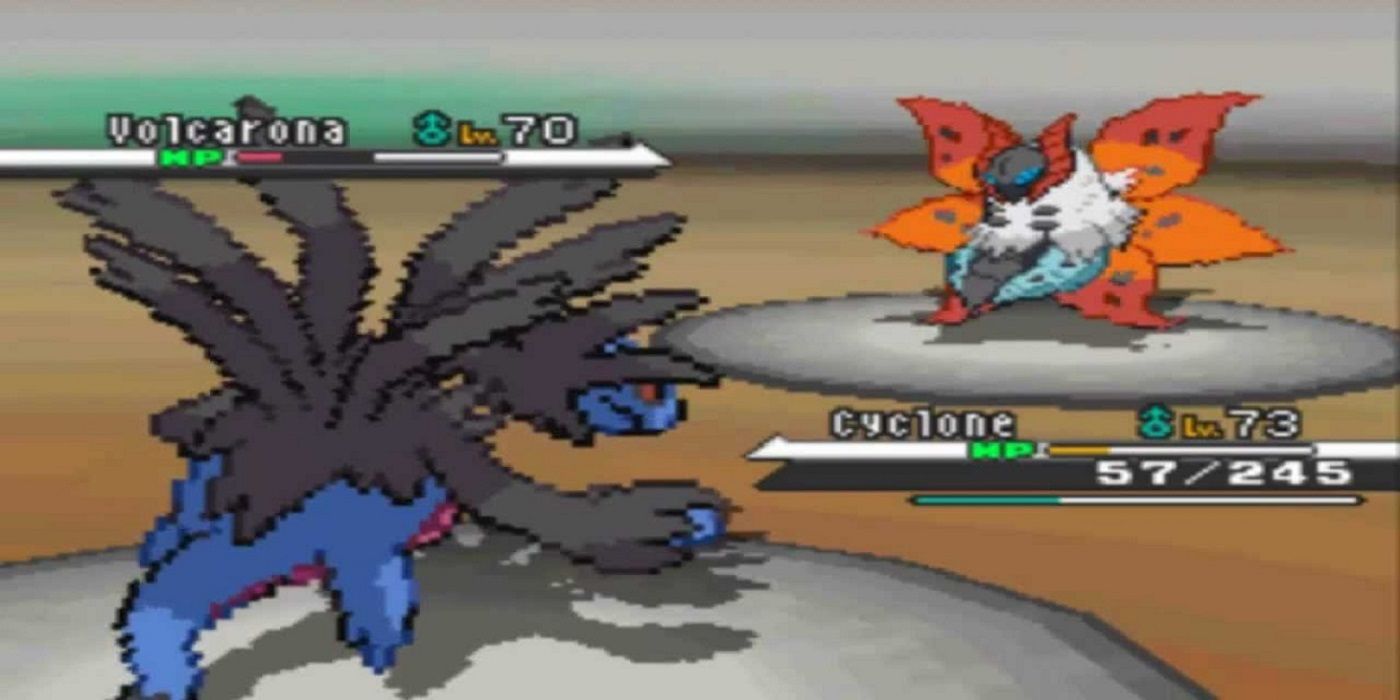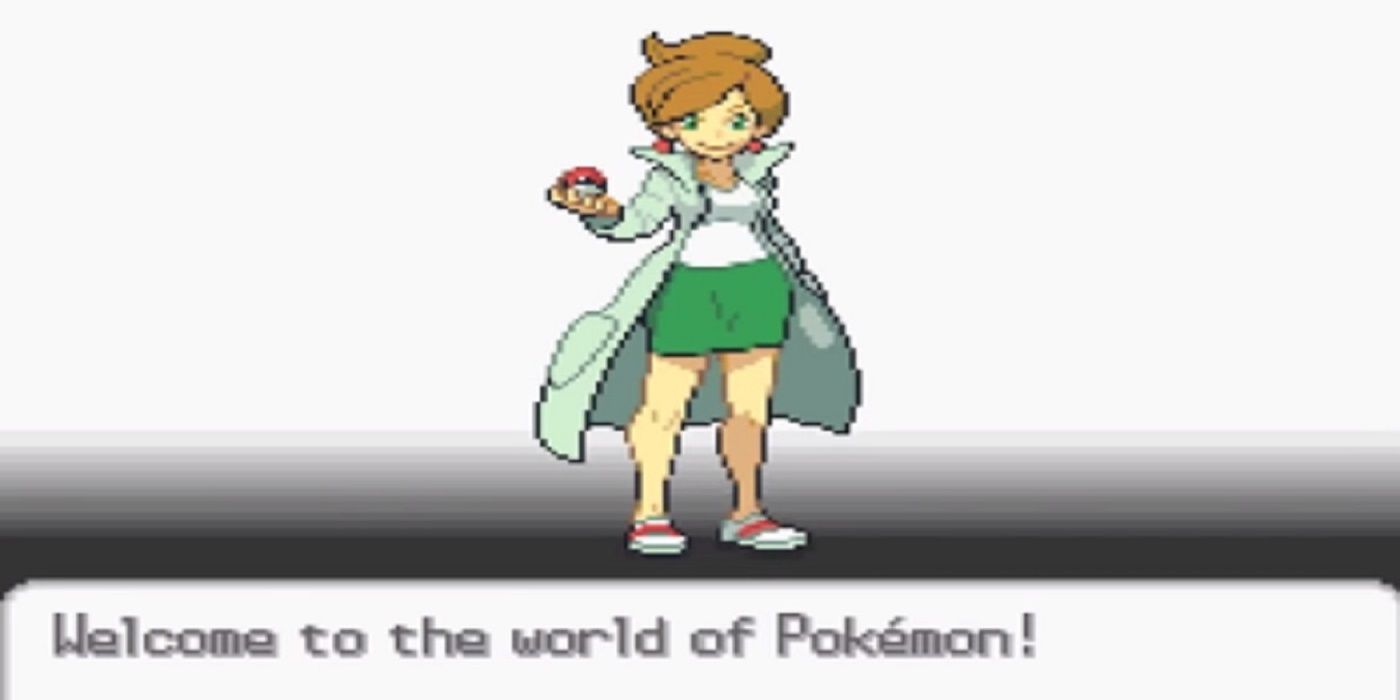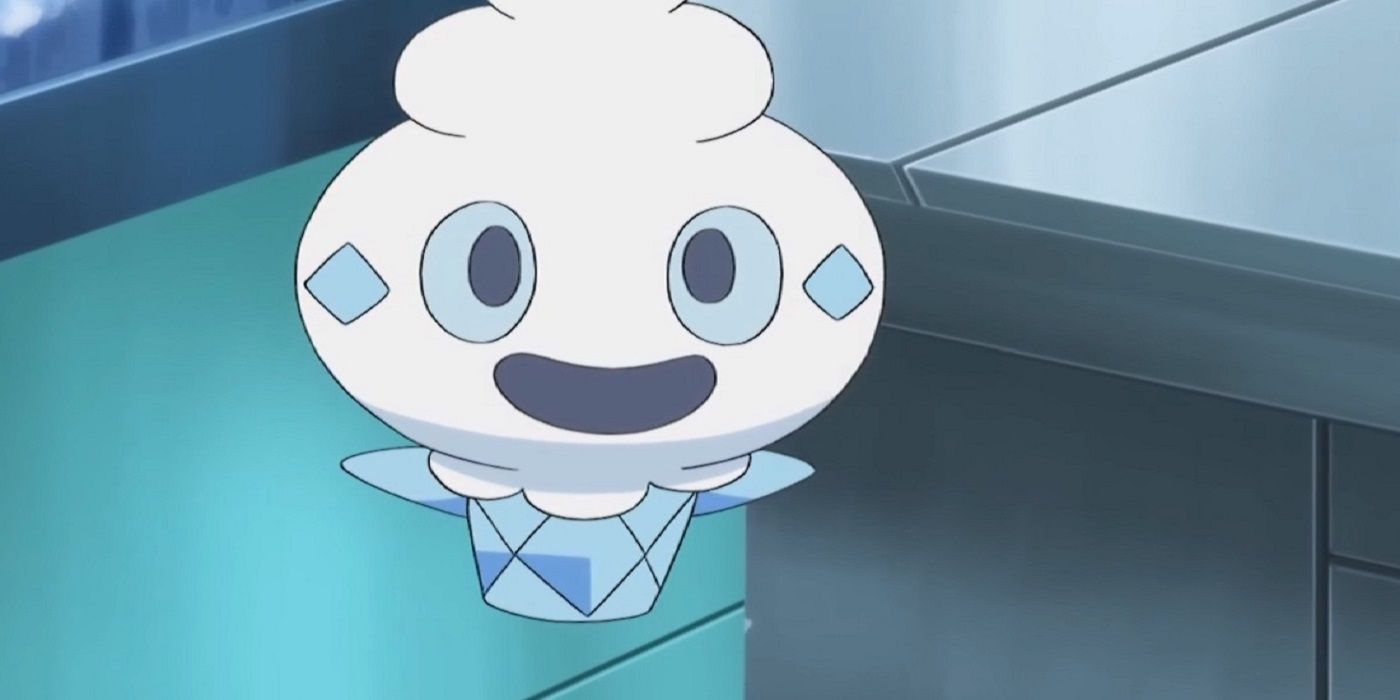As much as many fans enjoying waxing nostalgic about the first generation of the Pokémon series, there’s no denying that the original games had some odd quirks, flaws and such. Pokémon Red & Blue was an excellent debut but left a lot of room for tweaks and improvements in later generations.
In the next few generations, huge additions like breeding, abilities and the physical/special damage split were made. Each subsequent generation made changes to the familiar formula, but which in particular were added with Generation V (Pokémon Black, White, Black 2 and White 2)?
10 The Poison Status Is Less Annoying
Darn poison status and its residual damage is a mechanic in a wide array of games and genres, and it’s never fun to be on the receiving end of. Poison-type Pokémon, naturally, just love inflicting this on their foes, sometimes necessitating an emergency trip to a Pokémon Center.
Did you forget to bring Antidotes again? Enjoy ticking out on your long trudge back, or gobbling up far too many healing items on the journey. Mercifully, Generation V circumvented this. From Black & White onwards, poison damage is no longer inflicted outside of battle.
9 Hidden Abilities Now Exist
For a lot of Pokémon, an ability is the key factor in viability. The all-powerful Cinderace, for instance, has been running rampant all over the metagame (so much so that it was one of the top 16 usage Pokémon banned from Series 6 of Ranked Battles in Pokémon Sword & Shield) since it gained the fantastic Libero Ability. Similarly, where would Politoed be without Drizzle, or Ninetales/Torkoal (the latter of which was also banned) without Drought?
The whole concept of Hidden Abilities can be traced back to Generation V’s Dream World, a Pokémon Global Link feature that allowed the player to meet a variety of Pokémon which would have a new Ability. Various methods of acquiring Hidden Abilities have been introduced since, but they’ll always have a huge impact on competitive Pokémon.
8 Battle Animations Started To Become More Dynamic
If there’s one common criticism levelled at the Pokémon series, it’s that battle animations are still very bland and lifeless. If you’ve seen the move Double Kick in ‘action’ in Sword & Shield, you’ll know that this is still a major issue.
The whole sprites versus 3D models debate is a matter of preference that nobody can agree on, but Black & White definitely made a solid effort in this area. In Generation V, Pokémon sprites were in constant motion, adding a certain vitality to battles that wasn’t really achieved in the four generations prior. There’s still a long way to go in this area, but this was a significant change that the 3D models retained.
7 Triple And Rotation Battles Paved The Way For More Quirky Battle Formats
For a lot of players, Pokémon is solely about competitive battling. The most viable and ‘meta’ picks are the only ones worth making, item and moveslot choices are very standard… it’s serious business. This is completely fine, of course, as competitive Pokémon is a rich and far more complex game than newcomers may think.
It doesn’t just have to be about the very best critters in super serious battles, though. Generation V introduced the triple battle and rotation battle formats, which switched things up and kind of went against the whole ‘competitive’ concept (especially with regards to rotation battles. These unique formats didn’t stick around, sadly, but surely inspired some of the more unusual styles of battle we’ve seen since (such as Pokémon Sun & Moon’s Battle Royals).
6 TMs Stopped Breaking After A Single Use
Those trainers who are dedicated to serious battling will know just how crucial the best TMs can be. A lot of Pokémon don’t learn incredible attacks like Ice Beam, Earthquake or Flamethrower naturally, and just don’t function nearly as well without them.
The issue with TMs, earlier in the series, was that they could be very expensive and/or very rare, meaning that players intending to train lots of different critters really struggled to give them all the best moves. Black & White fixed this issue with one stroke of brilliance: TMs would have unlimited uses from then on. Sword & Shield introduced TRs (which are single use) alongside TMs, but this was more to promote use of Max Raids and collection of Watts than anything else.
5 Rotom’s Appliance Forms Are No Longer Part Electric-Type
Of all tricky Ghost-types, the teeny and unassuming Rotom might just be the most unpredictable of all. Its party trick involves hopping into and possessing all manner of household appliances, from bicycles to washing machines. This is the curious mechanic through which Rotom’s forms (or formes) were born.
Rotom-Wash and Rotom-Heat have gone on to be particularly popular picks, but this wasn’t the case until one major Generation V change: from Black & White onwards, standard Rotom retains its Ghost(/Electric) typing, but its various forms would instead adopt a secondary typing (Water for Rotom-Wash, Fire for Rotom-Heat and so on). Levitate is super useful for immunity to Electric’s only weakness, while the additional typing could be a big help defensively and offensively. A huge improvement.
4 Trades Started To Become Less Fiddly
As fans know, the Pokémon franchise has always revolved around the concept of playing together, of trading. This was very challenging back in the days of Game Boy Link Cables, but those players who just had to catch ‘em all made it work nonetheless.
As technology improved, handheld consoles could link together wirelessly, allowing for less cumbersome trading. Generation V represented a huge leap forward in this area, offering a more convenient interface for trading (simple access to the boxes made a huge difference) and infrared trading from anywhere in-game.
3 Pivotal New Abilities And Moves Were Introduced
While each new series entry inevitably adds a crop of new Pokémon to the mix, the moves and abilities that are added to the game are sometimes even more influential than that.
Quiver Dance, perhaps the best setup move in the series, was introduced in Black & White, as was pivot’s best friend Volt Switch, the brilliant Water-type attack Scald and a lot more. On the Abilities side of things, the dreaded Prankster (priority status moves ahoy), Magic Bounce and Sheer Force are just a selection of the great new options Black & White added to the mix. All of these are still mainstays.
2 Regions Started To Be Inspired By Places Outside Of Japan
As long-time fans will tell you, the regions players explore in the Pokémon games draw inspiration from parts of the real world. Each is very distinct, yet also very familiar.
The first four generations featured regions based on parts of Japan, while Black & White’s Unova bucked this trend. This time around, the setting was inspired by the mighty metropolis that is New York City, and the games continued to draw influence from further afield as the series went on. Galar, of Sword & Shield, has an incredible Great Britain vibe to it, for instance.
1 A Mixed Bag Of New Pokémon Were Added Too
While Generation V added some of the most influential abilities and moves in Pokémon history to the mix, some were also super lackluster. Defeatist (which halves Archeops’ Attack and Special Attack when it has half HP or less remaining) is one shocking example.
The same holds true for some of the new Pokémon designs. It’s impossible to score a bullseye every time, but the likes of the Vanillite line are sometimes cited as examples of the series running out of ideas, monster-wise. In that sense, Black & White has played a part in the some of the overall negative perception surrounding later efforts in the series. Creating a yardstick by which uninspired Pokémon designs can be measured isn’t really the legacy anybody wants.

